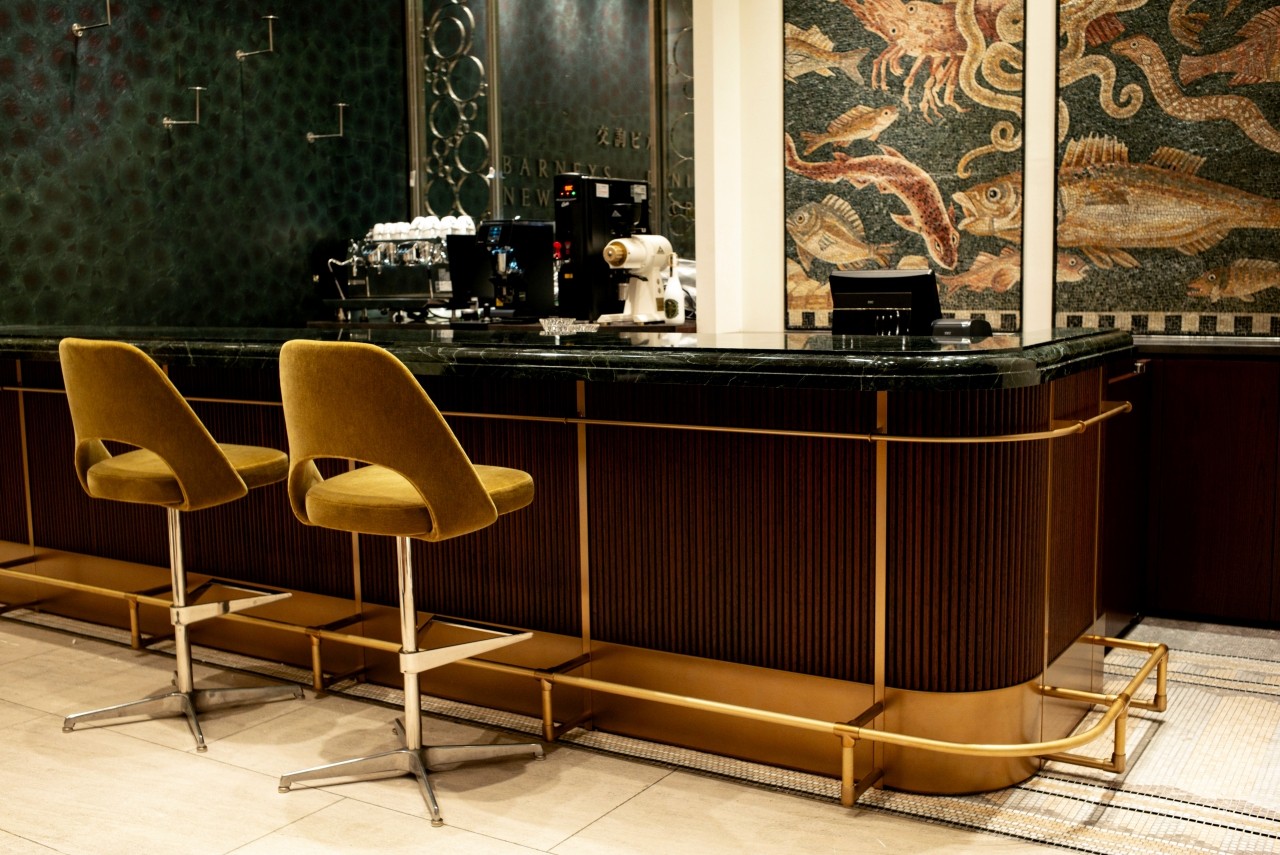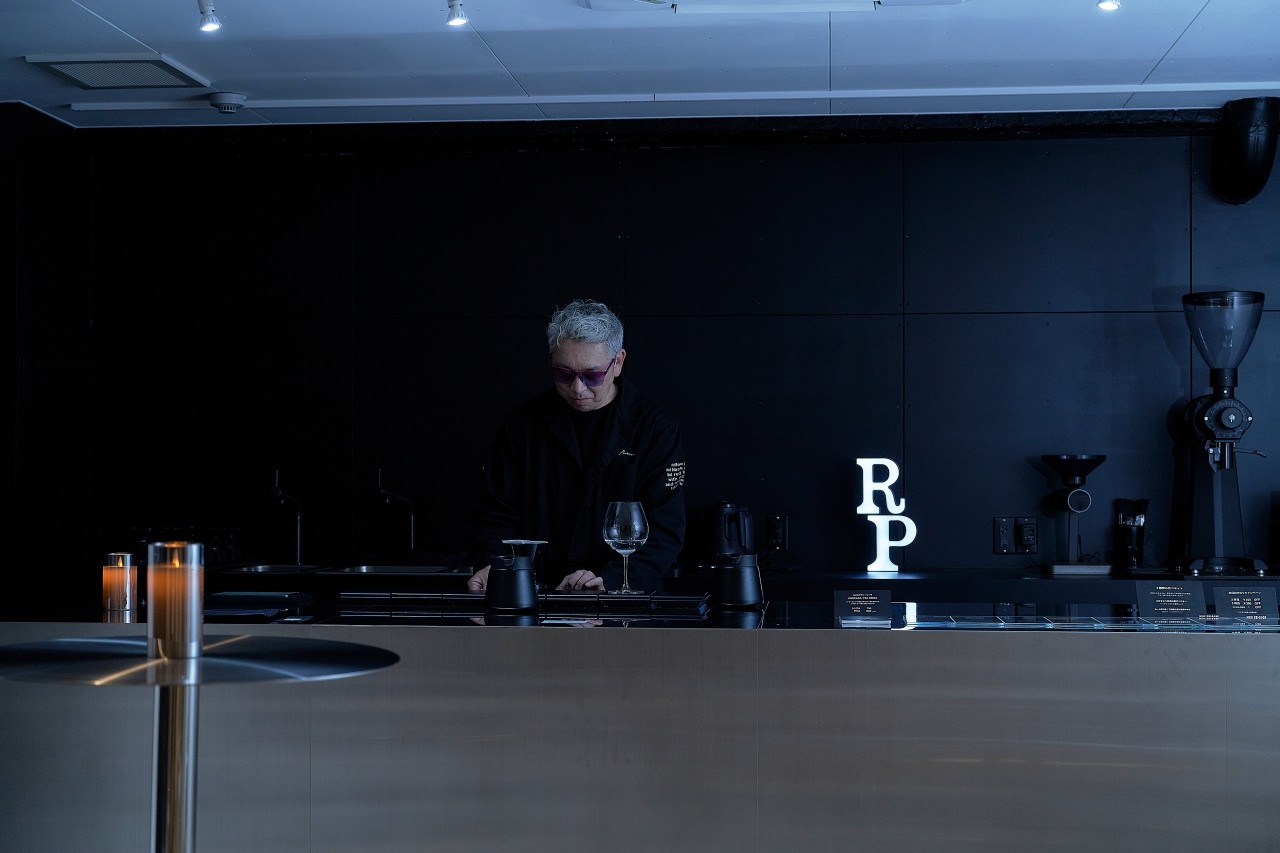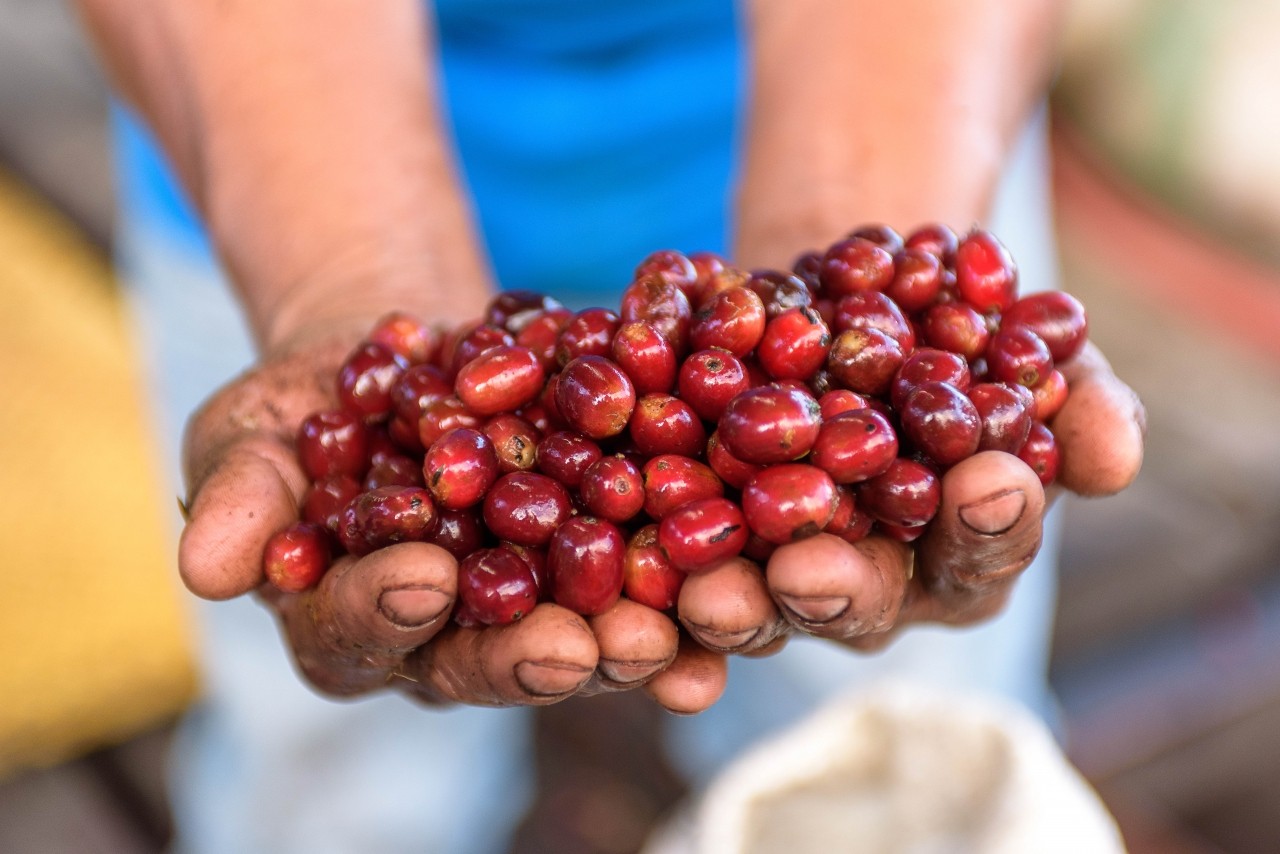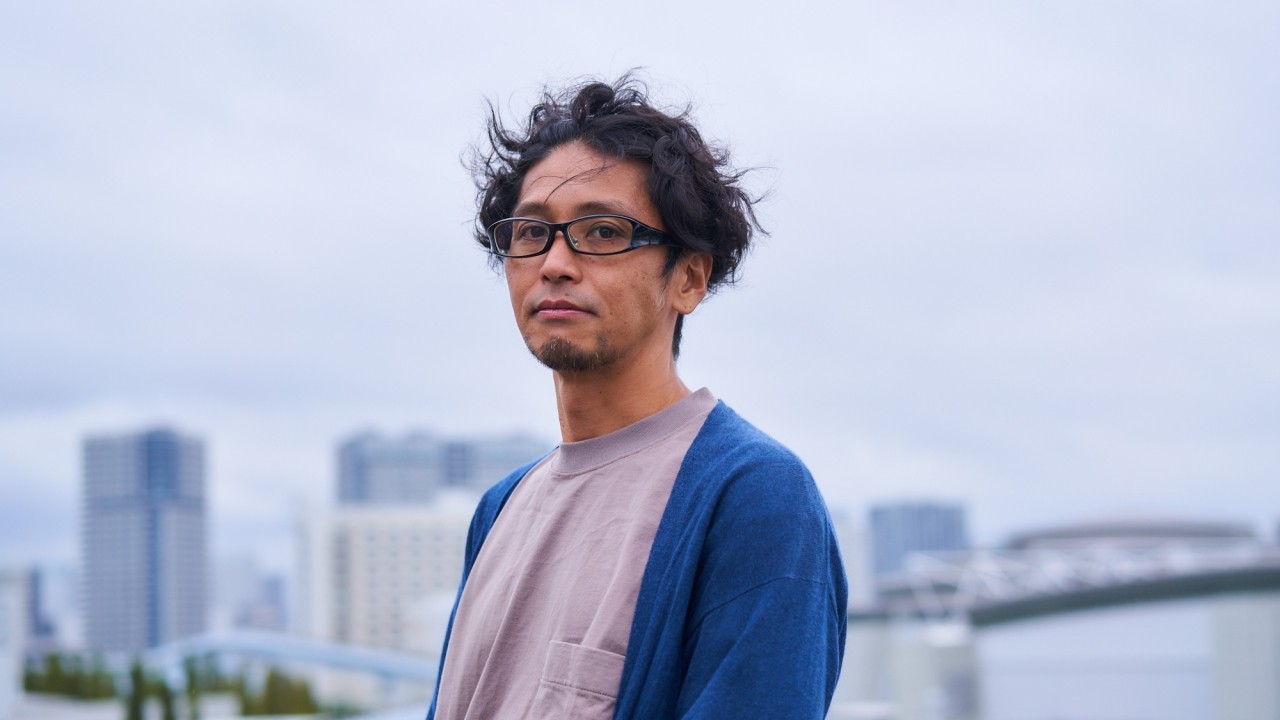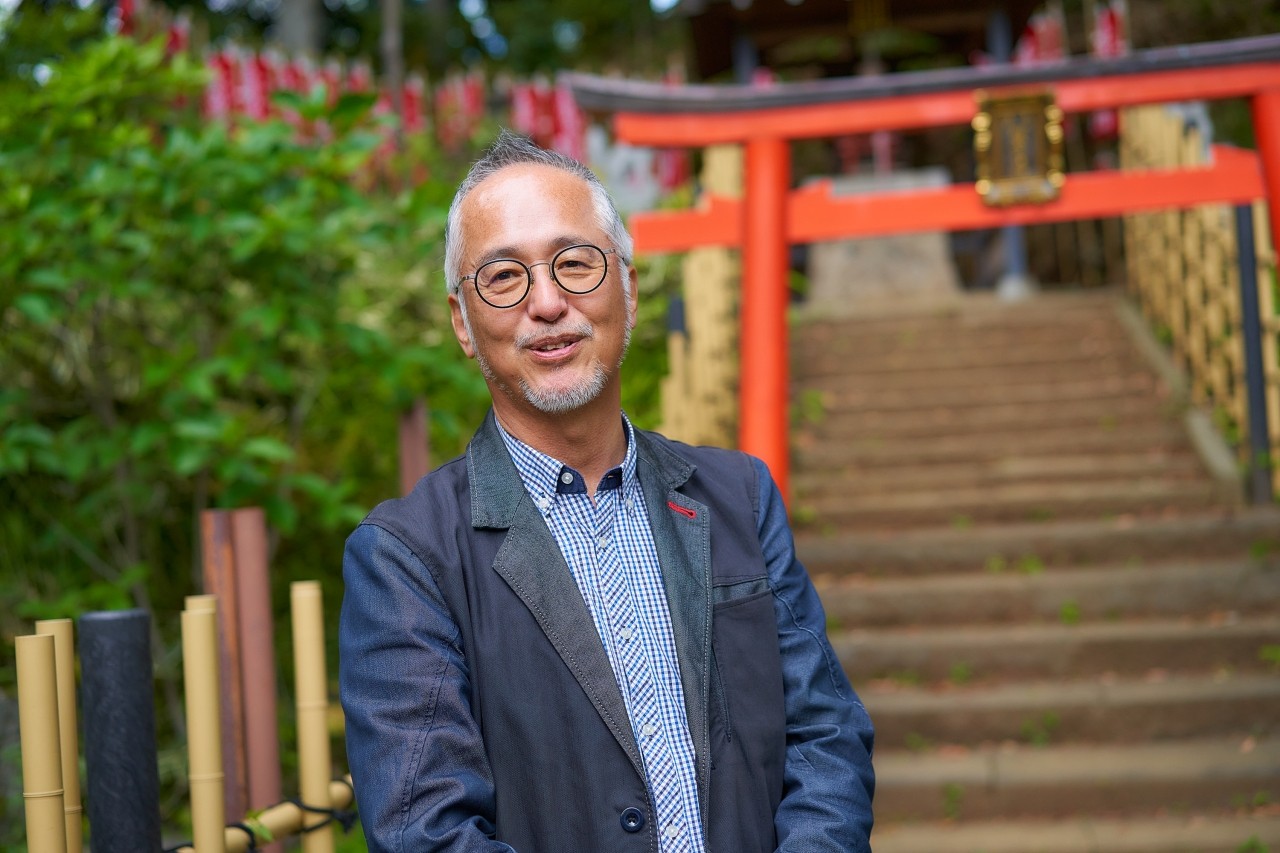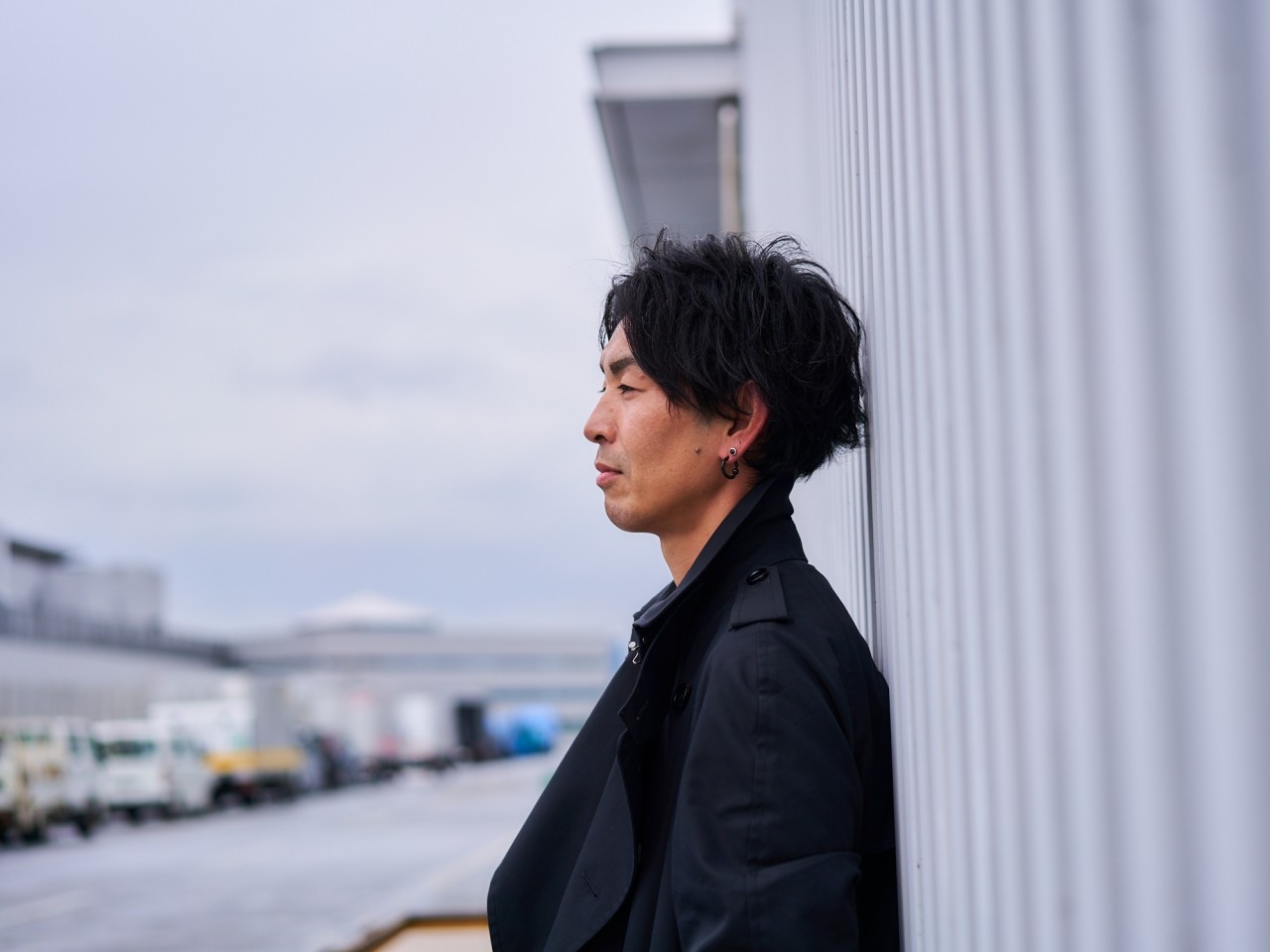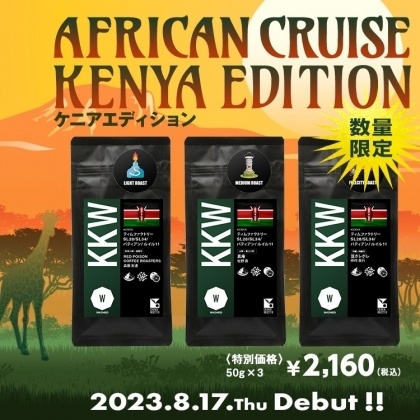What is “mocha”? A coffee brand with a deep history

Among coffee brands, ``Mocha'' is considered special.
This is because Yemen and Ethiopia, where mocha is cultivated, are deeply connected to the origin of Arabica coffee, and it is the brand that has been exported for the longest time.
This is because Yemen and Ethiopia, where mocha is cultivated, are deeply connected to the origin of Arabica coffee, and it is the brand that has been exported for the longest time.
Origin of the name Mocha
"Mocha" is the name of a port in Yemen, located on the Red Sea in the southwest of the Arabian Peninsula. It once prospered as a coffee shipping port.
All coffee destined for Europe, the consuming countries, was transported from the port of Moka through the Red Sea.
However, Moka Port, whose name is on the brand name, has already lost its function as a port. Coffee exported from nearby ports is also called mocha.
All coffee destined for Europe, the consuming countries, was transported from the port of Moka through the Red Sea.
However, Moka Port, whose name is on the brand name, has already lost its function as a port. Coffee exported from nearby ports is also called mocha.
Coffee cultivation in Yemen
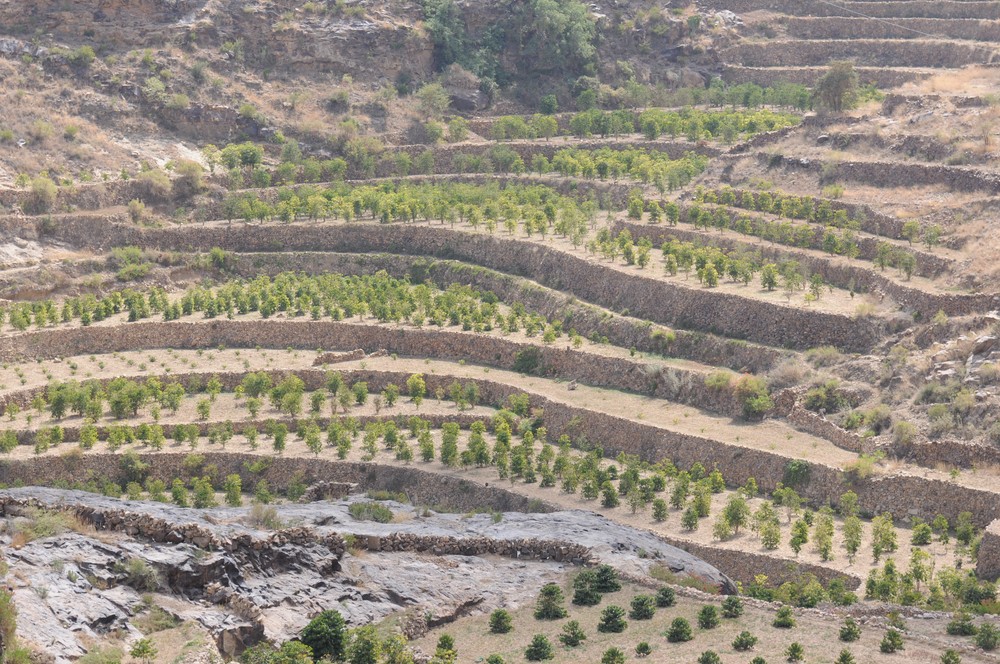
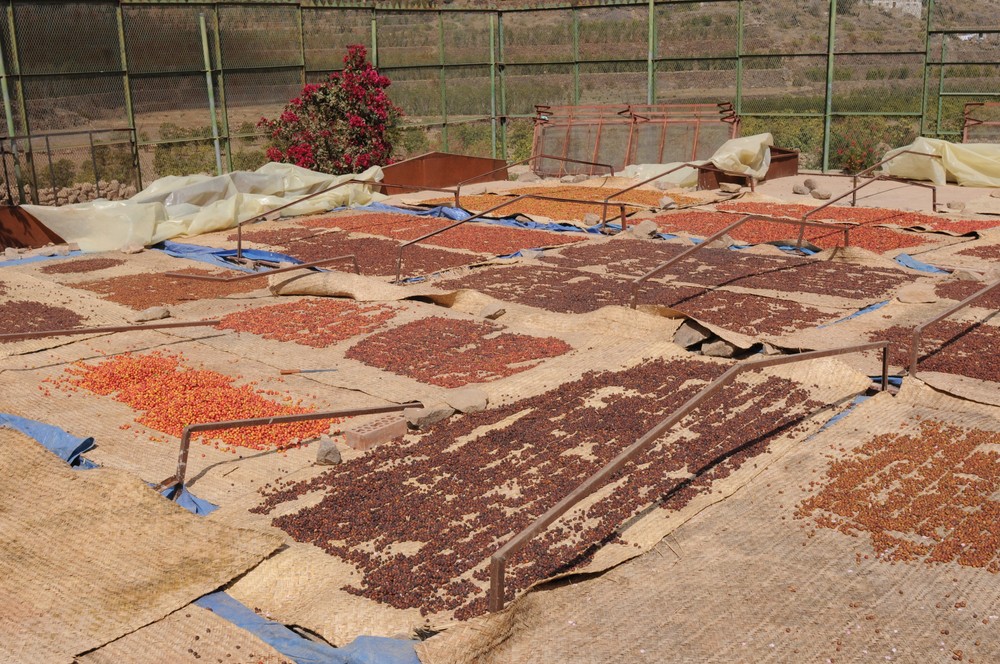 Coffee production in Haraz, Yemen
Coffee production in Haraz, Yemen Initially, the coffee beans shipped from Moka Port were from Yemen.
In the 15th century, Yemen was the only coffee-growing region in the world.
Coffee was brought from Ethiopia, where the Arabica variety originates, and its cultivation began to spread among Muslim people. In the 16th century, the Ottoman Empire, which ruled Yemen, encouraged the cultivation of coffee, a specialty of the area, which led to an increase in production and export to the Islamic world.
Coffee houses opened in Istanbul, the capital of the Ottoman Empire, in the mid-16th century.
The custom of drinking coffee spread to Venice, on the other side of the Mediterranean, at the end of the 16th century. In the 17th century, coffee finally spread to Europe.
In the first half of the 17th century, the Dutch East India Company set up trading posts in Aden and then Moka, at the entrance to the Red Sea, and began exporting coffee. Around the same time, the Ottoman Empire was driven out of Yemen by the Rashid dynasty, and trade with Europe flourished at the port of Moka, and Moka became known as synonymous with coffee.
In the 15th century, Yemen was the only coffee-growing region in the world.
Coffee was brought from Ethiopia, where the Arabica variety originates, and its cultivation began to spread among Muslim people. In the 16th century, the Ottoman Empire, which ruled Yemen, encouraged the cultivation of coffee, a specialty of the area, which led to an increase in production and export to the Islamic world.
Coffee houses opened in Istanbul, the capital of the Ottoman Empire, in the mid-16th century.
The custom of drinking coffee spread to Venice, on the other side of the Mediterranean, at the end of the 16th century. In the 17th century, coffee finally spread to Europe.
In the first half of the 17th century, the Dutch East India Company set up trading posts in Aden and then Moka, at the entrance to the Red Sea, and began exporting coffee. Around the same time, the Ottoman Empire was driven out of Yemen by the Rashid dynasty, and trade with Europe flourished at the port of Moka, and Moka became known as synonymous with coffee.
Later Moka Port
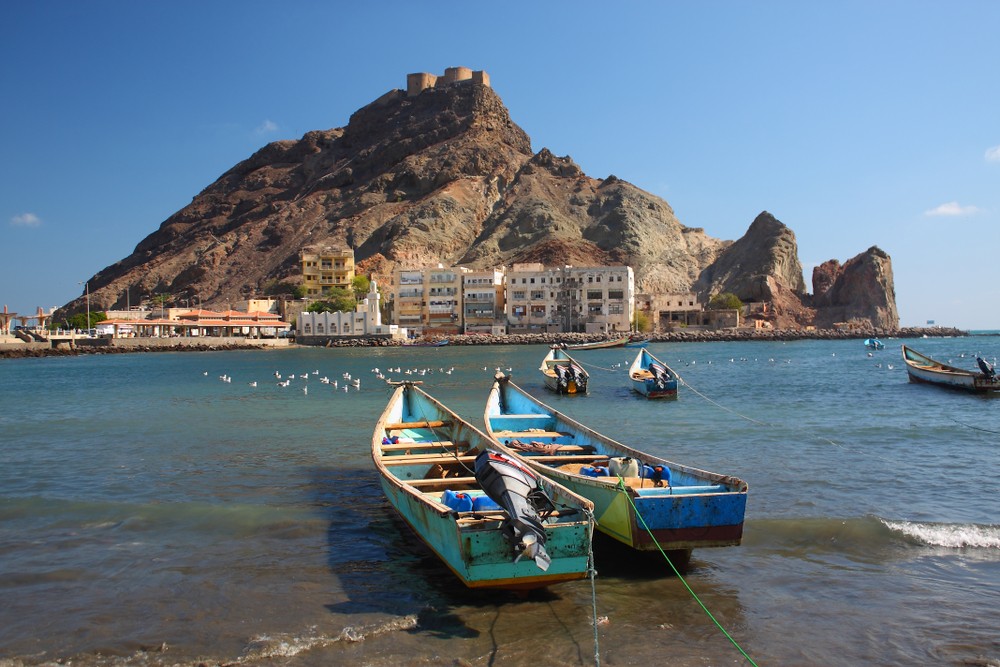 The current port city of Aden
The current port city of Aden In the 18th century, coffee began to be cultivated in European colonies, but Mocha remained a luxury brand.
However, as mentioned above, in the mid-19th century, it lost its function as a port due to sedimentation. The port of Aden in South Yemen, which was colonized by the British, and the port of Hodeidah in North Yemen, which was reoccupied by the Ottoman Empire, became the main export ports for Yemeni coffee, but the name ``Mocha'' was retained.
However, as mentioned above, in the mid-19th century, it lost its function as a port due to sedimentation. The port of Aden in South Yemen, which was colonized by the British, and the port of Hodeidah in North Yemen, which was reoccupied by the Ottoman Empire, became the main export ports for Yemeni coffee, but the name ``Mocha'' was retained.
The one produced in Ethiopia is also called mocha.
Coffee seems to have been cultivated in Harar, a coffee-producing area in northeastern Ethiopia, around the 16th century. In the major production areas in the southwestern part of the country, coffee is mainly collected from wild coffee trees, but in Harar it has been cultivated since ancient times. When the Ethiopian Empire annexed the area at the end of the 19th century, coffee cultivation was further encouraged and Harar became known.
Ethiopian coffee was also exported from Yemeni ports across the Red Sea, so both Ethiopian and Yemeni beans came to be called "mocha."
The brand Mocha Harar means mocha (Ethiopian coffee) grown in Harar.
In this way, brands that include the name of the place of origin after Mocha use the name value of "Mocha" to indicate the place of origin.
The one produced in Yemen is called ``Mocha Matari'', and these two are so-called ``Special Brands'' in Japan, but other brands such as Mocha and Sidamo, which include the name of the Ethiopian production area, are also used.
Mocha is a name that many people have seen at least once at a coffee shop.
Its name is steeped in coffee's deep history.
By the way, mocha is said to have a unique sweet aroma reminiscent of red wine or ripe fruit.
I would like to tell you this secret again.
Ethiopian coffee was also exported from Yemeni ports across the Red Sea, so both Ethiopian and Yemeni beans came to be called "mocha."
The brand Mocha Harar means mocha (Ethiopian coffee) grown in Harar.
In this way, brands that include the name of the place of origin after Mocha use the name value of "Mocha" to indicate the place of origin.
The one produced in Yemen is called ``Mocha Matari'', and these two are so-called ``Special Brands'' in Japan, but other brands such as Mocha and Sidamo, which include the name of the Ethiopian production area, are also used.
Mocha is a name that many people have seen at least once at a coffee shop.
Its name is steeped in coffee's deep history.
By the way, mocha is said to have a unique sweet aroma reminiscent of red wine or ripe fruit.
I would like to tell you this secret again.
2023.8.16
CROWD ROASTER
If you want to enjoy coffee more deeply
" CROWD ROASTER APP"
Manabu at CROWD ROASTER LOUNGE
・Push notifications for article updates・Full of original articles exclusive to CROWD ROASTER
・Direct links to detailed information about green beans and roasters
App-only features
- Choose green beans and roasters to create and participate in roasting events・CROWD ROASTER SHOP: Everything from beans to equipment is readily available
・GPS-linked coffee map function

